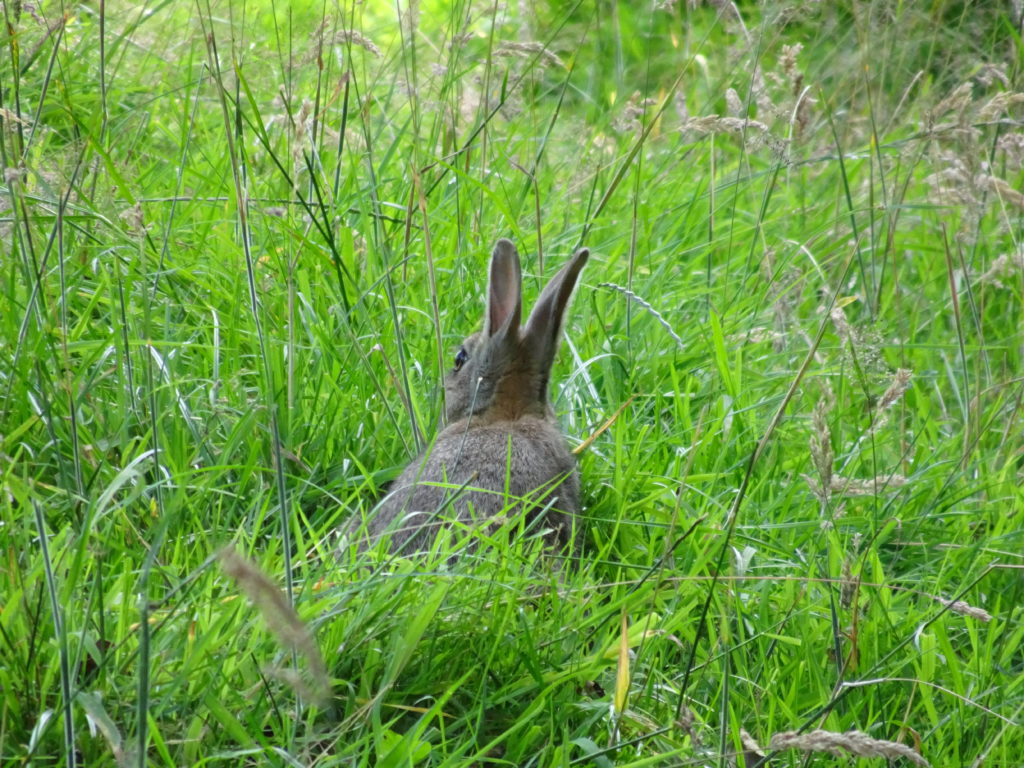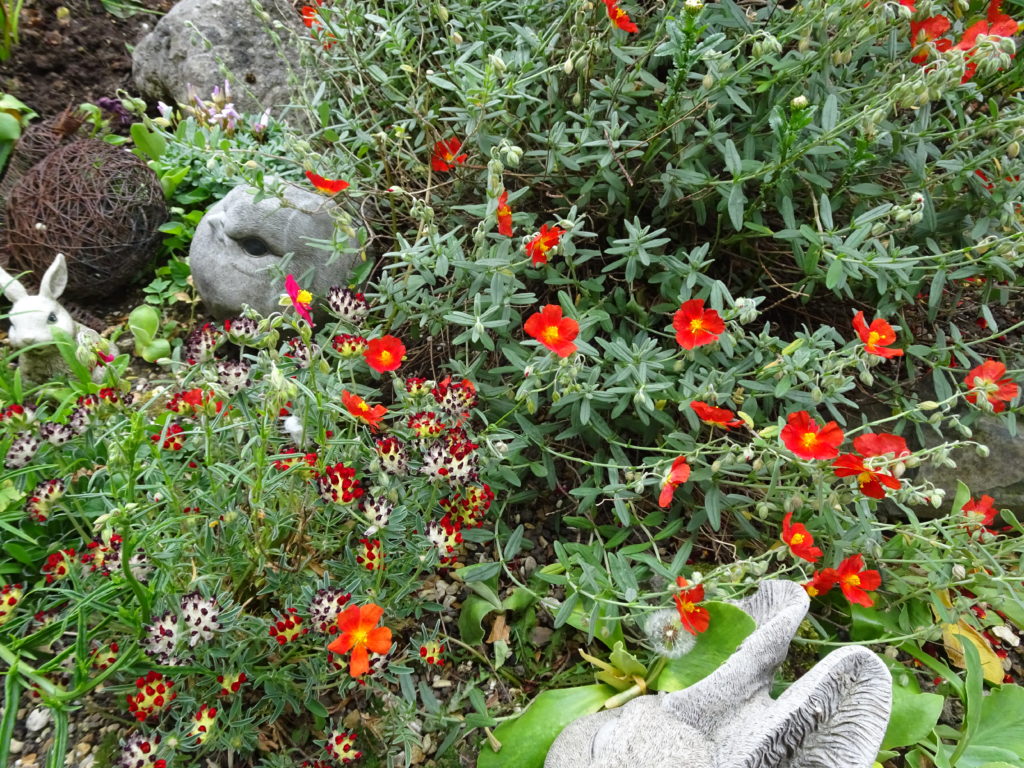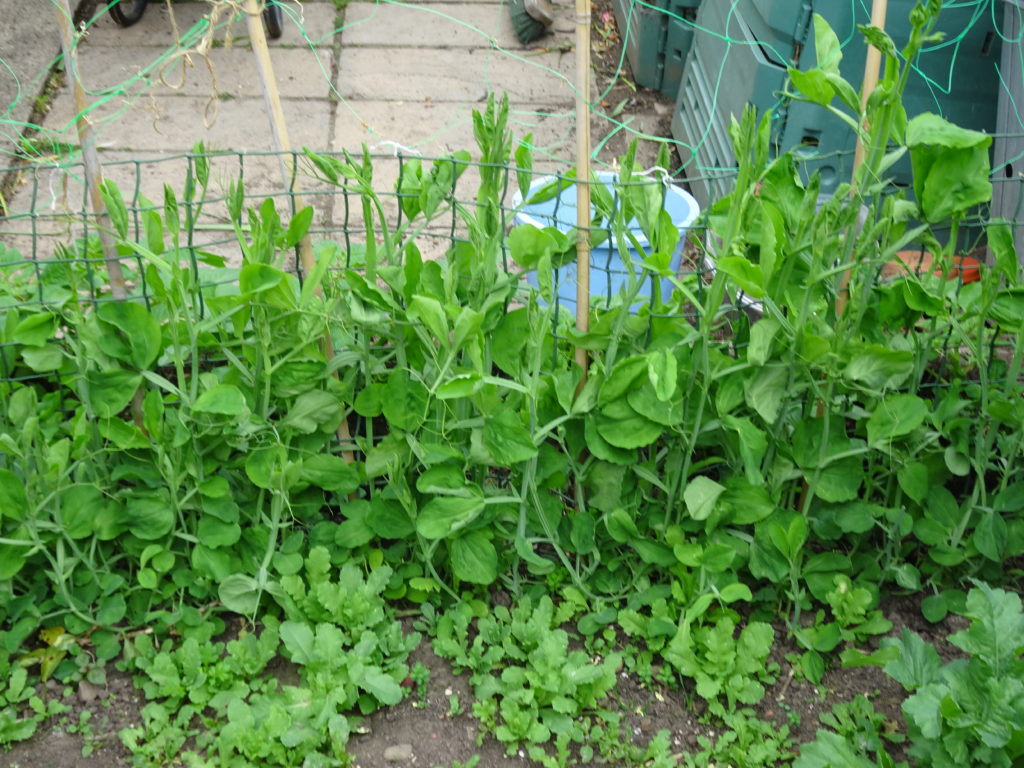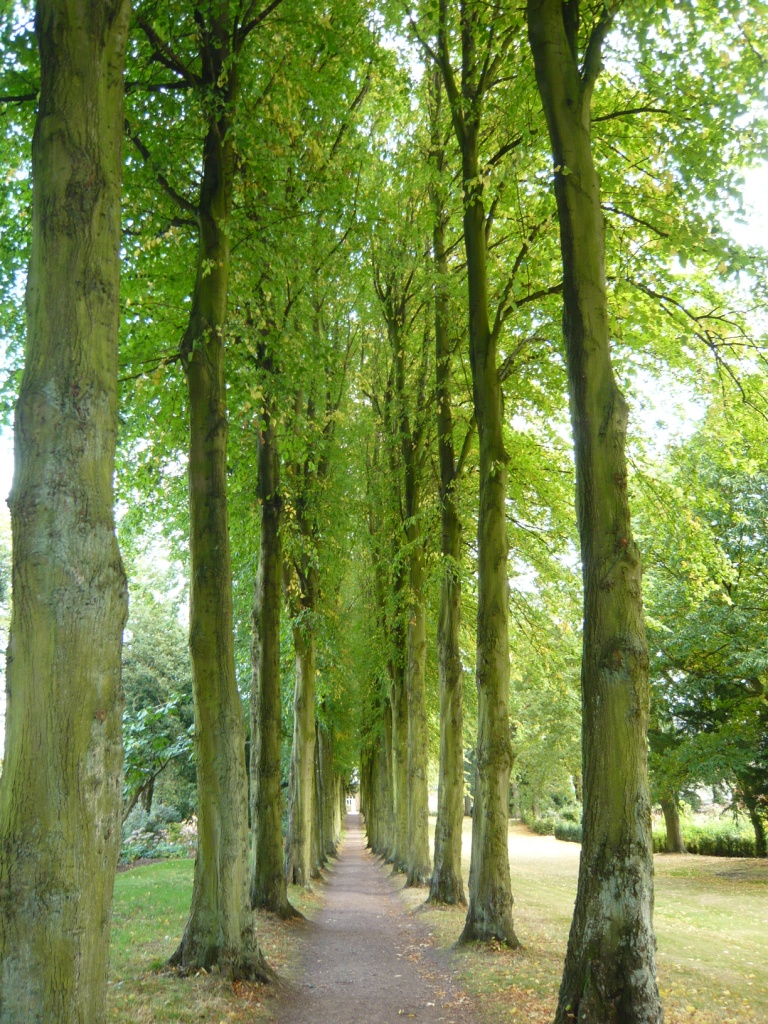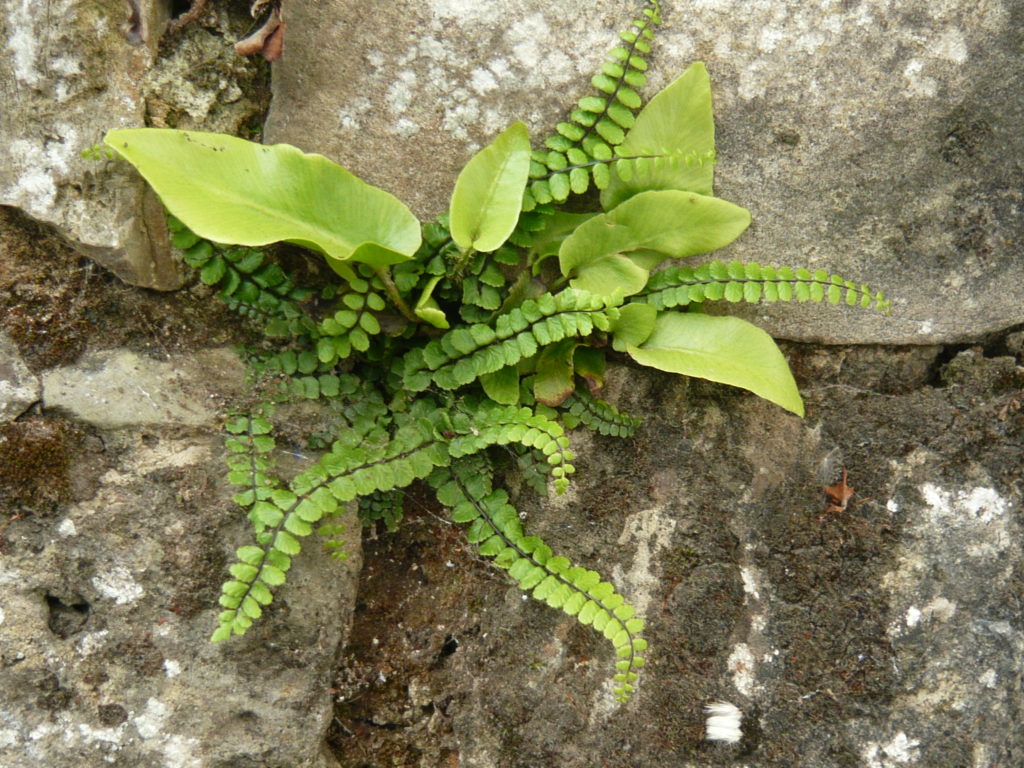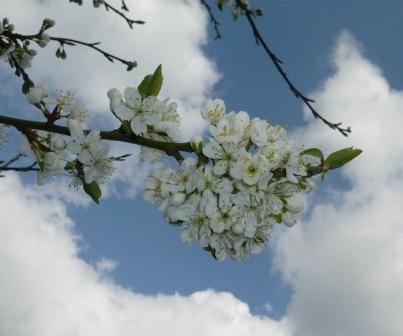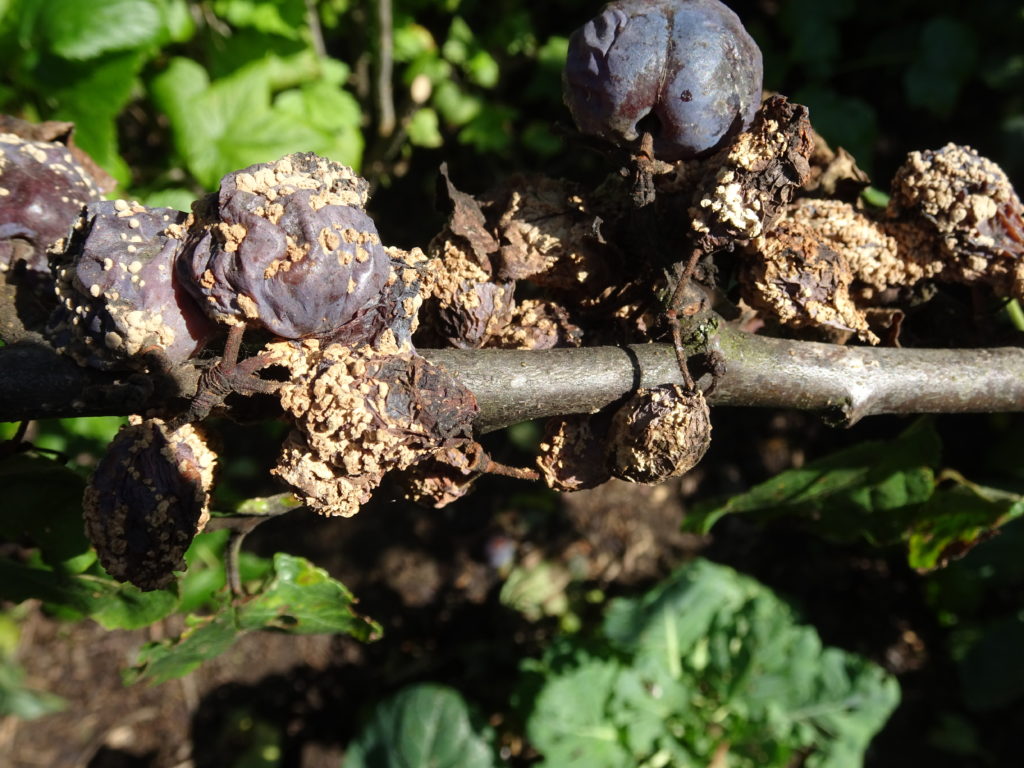Earwig Oh!

There are a lot of earwigs around this year or so it seems. Typical in a year when I had decided to grow more dahlias than usual but I guess the earwigs must have known that and got on with early breeding.
Facts about Earwigs
- Earwigs chew on live shoots, flowers or decaying vegetation and like damp secluded conditions.
- In my garden they do most noticeable damage on Chrysanthemums and Dahlias.
- Earwigs are attracted to lights when they move around at dusk and nighttime.
- Females lay between 30 and 50 small, round, translucent eggs.
Some Control Tips
-
- Good housekeeping, dry areas and removing leaf litter restricts an earwigs desired living conditions
- Soapy water sprays or chemical formulas can reduce infestations
- To catch these night feeders use a torch.
- The inverted plant pot on a cane method with the pot filled with straw or well crumpled newspaper will act as a trap. You can then collect the earwigs for destruction.
- Birds, frogs and toads that prey on earwigs will help reduce the population of earwigs and keep it under control.
- Chemical controls such as permethrin should be applied at dusk on warm evenings. Treat the leaves blooms and the soil below the plants.
- Prevention by removing moisture and decaying vegetation will make conditions less hospitable for earwigs.
